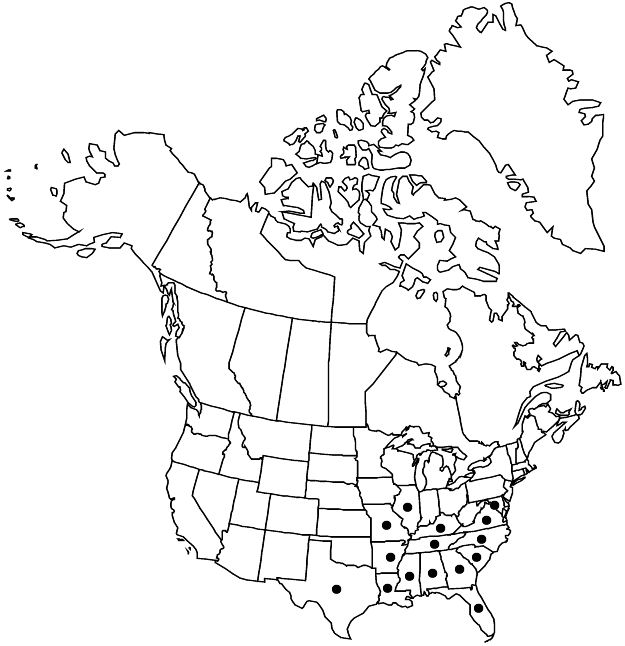Difference between revisions of "Nyssa aquatica"
Sp. Pl. 2: 1058. 1753.
FNA>Volume Importer |
FNA>Volume Importer |
||
| Line 29: | Line 29: | ||
|distribution=Ala.;Ark.;D.C.;Fla.;Ga.;Ill.;Ky.;La.;Miss.;Mo.;N.C.;S.C.;Tenn.;Tex.;Va. | |distribution=Ala.;Ark.;D.C.;Fla.;Ga.;Ill.;Ky.;La.;Miss.;Mo.;N.C.;S.C.;Tenn.;Tex.;Va. | ||
|tables= | |tables= | ||
| − | |references= | + | |references= |
| − | |||
| − | |||
| − | |||
}}<!-- | }}<!-- | ||
| Line 39: | Line 36: | ||
-->{{#Taxon: | -->{{#Taxon: | ||
name=Nyssa aquatica | name=Nyssa aquatica | ||
| − | |||
|authority=Linnaeus | |authority=Linnaeus | ||
|rank=species | |rank=species | ||
| Line 50: | Line 46: | ||
|elevation=0–100 m. | |elevation=0–100 m. | ||
|distribution=Ala.;Ark.;D.C.;Fla.;Ga.;Ill.;Ky.;La.;Miss.;Mo.;N.C.;S.C.;Tenn.;Tex.;Va. | |distribution=Ala.;Ark.;D.C.;Fla.;Ga.;Ill.;Ky.;La.;Miss.;Mo.;N.C.;S.C.;Tenn.;Tex.;Va. | ||
| − | |reference= | + | |reference=None |
|publication title=Sp. Pl. | |publication title=Sp. Pl. | ||
|publication year=1753 | |publication year=1753 | ||
|special status=Endemic | |special status=Endemic | ||
| − | |source xml=https://jpend@bitbucket.org/aafc-mbb/fna-data-curation.git/src/ | + | |source xml=https://jpend@bitbucket.org/aafc-mbb/fna-data-curation.git/src/eaa6e58056e40c9ef614d8f47aea294977a1a5e9/coarse_grained_fna_xml/V12/V12_172.xml |
|genus=Nyssa | |genus=Nyssa | ||
|species=Nyssa aquatica | |species=Nyssa aquatica | ||
Revision as of 18:56, 16 December 2019
Trees, (6–)10–30 m, base buttressed, proximal limbs spreading to slightly drooping, crown irregular; bark irregularly fissured; twigs puberulent; pith white. Leaves: petiole 30–60 mm; blade elliptic to ovate, 8–11(–18) × (2.5–)3.5–5.5(–7.3) cm, herbaceous, base cuneate to rounded, margins entire proximally and usually coarsely dentate distally, apex usually acute, rarely acuminate, often mucronulate, abaxial surface glabrous or puberulent especially along veins, adaxial surface glabrous or sparsely hairy. Inflorescences: peduncle 1–1.5 cm (elongating to 3 cm in fruit), glabrous; staminate (1–)2–5-flowered, pistillate and bisexual 1–2-flowered. Staminate pedicels absent. Flowers: ovary densely hairy. Drupes black to blue or reddish purple, glaucous, oblong, 24–27 mm, punctate; stone 15–20 mm, roughened, often longitudinally ridged.
Phenology: Flowering spring.
Habitat: Swamps, floodplain forests, moist woods.
Elevation: 0–100 m.
Distribution

Ala., Ark., D.C., Fla., Ga., Ill., Ky., La., Miss., Mo., N.C., S.C., Tenn., Tex., Va.
Discussion
Selected References
None.